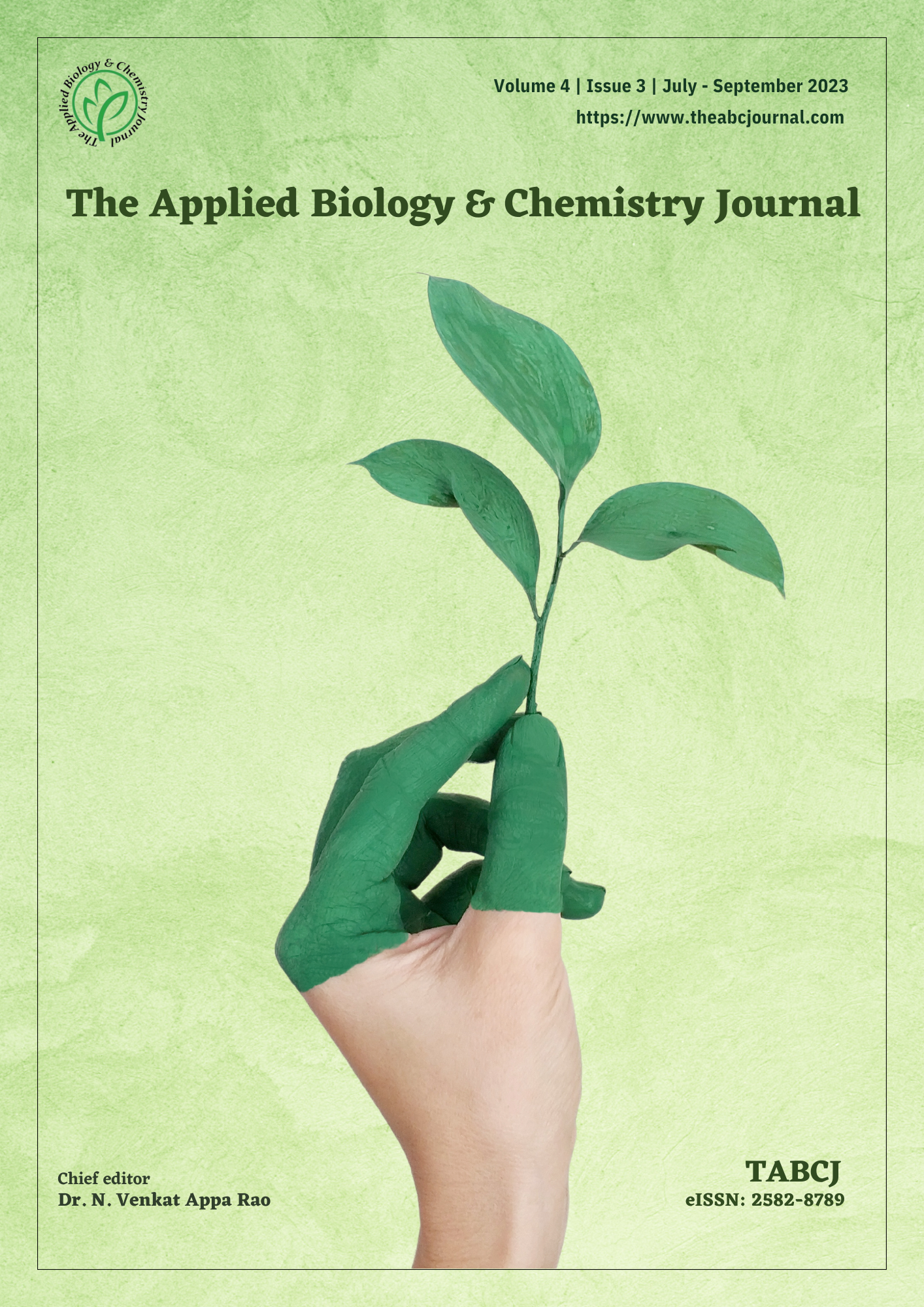Chemo-profiling of aqueous extract of Nauclea latifolia using GC-MS
DOI:
https://doi.org/10.52679/tabcj.2023.0009Keywords:
Nauclea latifolia, ethnomedicine, medicinal plants, chemo-profiling, gas chromatography mass spectroscopy, aqueous extractAbstract
This study is aimed at ascertaining the chemical profile of an aqueous Nauclea latifolia extract using gas chromatography mass spectroscopy (GC-MS). The plant extract underwent GC-MS analysis, and the mass spectra of the components were compared with that from the National Institute of Standards and Technology library (NIST). GC-MS analysis revealed 18 compounds from the aqueos extract of N. latifolia. Among them, 9- octadecenoic acid (Z)-methyl ester, oleic acid and benzamide-2-bromo-N-[2-(3- fluorophenyl)-5-benzoxazolyl] were found to be the most prevalent compounds with percentage areas of 16.93%, 14.01%, and 9.18%, respectively. Whereas, 5-methyl-2- phenylindolizine with a percentage area of 0.66% was the least abundant compound. Some of these phytocompounds present in the aqueous extract of N. latifolia possess several biological activities such as anti-inflammatory, antibacterial, and antimalarial properties. Hence, the aqueous extract of the leaf of N. latifolia can serve as a potential source of treatment in ethnomedicine.
Downloads
Published
Issue
Section
License
Copyright (c) 2023 Ojochenemi Ejeh Yakubu, Isaac John Umaru, Francis Onakpa Atanu, Kenneth Chinekwu Ugwuoke, Bilyaminu Habibu

This work is licensed under a Creative Commons Attribution-NonCommercial 4.0 International License.


